Introduction
Plastic films are the most widely used in some of end-use sectors due to their flexibility in packaging and excellent functional features and cost efficiency. But as the environment makes its entrance, plastic movies and constructions that top notch high-quality in sustainable dimensions want to be in the spotlight, too. In this article, we will explore the latest innovations in plastic film technology, features that may enhance sustainability while delivering the same basic function.
Mono-Material Films
A newer plastic film technology that is becoming very trendy due to the single material design and ease of recycle is mono-material films in place of multi-layer films. Players like Amcor Ltd. and Berry Global Inc. have played pivotal role in this aspect, by developing recyclable product_enqueue
Thinner and Lighter
Downgauging and lightweighting are examples of innovations that provide the most potential for achieving a reduction in plastic usage while still meeting core performance criteria. These thinner-films retain the same high barrier properties but with less plastic which in line with sustainability objectives, and they utilize performance materials are required.
Remove Hazardous Substances
Novelties also seek to remove substances of concern, like PFAS based process aids. Multilayer designs that incorporate multilayer extrusion and other processing aid technologies help manufacturers eliminate these components, allowing the films to be greener and safer to use for food packaging.
Bio-Based and Biodegradable Plastics
Key technologies have been developed in the field of biodegradable and bio-derived plastics. Plastic made from renewable materials, like Polylactic Acid (PLA), Polyhydroxyalkanoates (PHAs) and starch-based plastics are designed to degrade faster than conventional plastics.
High-Performance Polymers
The high-performance polymers such as Polyetheretherketone (PEEK), Polyimides, and Liquid Crystal Polymers (LCPs) have been developed to possess excellent strengths, heat resistance, and chemical stabilities. That makes these materials great for demanding, high-performance uses outside the range of traditional plastics.
Chemical Recycling
Pyrolysis and depolymerization are innovations in chemical recycling which makes it promising in practicable recycling also for mixed or contaminated plastics. Plastics are broken down in this process to create feedstock for new materials, to facilitate a circular economy approach.
Advanced Sorting Technologies
Plastic recycling processes are also enhanced with higher-end sorting technologies — as near-infrared (NIR) spectrometry and AI-based systems. These technologies can detect and segregate different types of plastics, producing high purity recycling feed stock These plastic sorting innovations are projected to provide over 1 million tonnes of pure feed stock from the waste stream each year!
Design for Recycling
Recycling-favorable design principles such as mono-material packaging and minimal use of additives have newer adopters in manufacturing. Designing PRODUCTS with their end-of-life in mind enables plastics recyclability and contributes to a circular economy.
Smart and Functional Plastics
It is also exciting to see the development of smart and functional materials within plastics. Materials that can detect external stimuli, such as: conductive polymers,shape-memory polymer(SMP) and self-healing plastics have also expanded with a potential for incredibly long-lasting plastic products.
Advanced Nanocomposites and Hybrid Materials
Nanotechnology is widely used for the synthesis of nanocomposites and hybrid materials with superior properties. Nanoparticles can also be added to plastics enabling researchers to generate new materials—with a greater strength, better barrier and conductivity properties.
Sustainable Processes for Manufacturing
Sustainable development of new materials is one priority for innovation in the plastics, but novel products are not the first item on the agenda. 3D printing (or additive manufacturing) enables the production of parts with very complex geometries in plastic with virtually no waste, displacing conventional manufacturing methods.
Conclusion
Innovations in plastic film will treat our performance and sustainability across the industry. Whether from mono-material films and compostables to chemical recycling and intelligent material–these material innovations are all material, but a little surface-level. That also implies additional R & D may ultimately be a necessity for the self-sustained manufacturing of eco-friendly, durable and multi-purpose plastic films, to tackle environmental issues as well as supply a desired but bizarre operational requirements of different sectors.
Table of Contents
- Introduction
- Mono-Material Films
- Thinner and Lighter
- Remove Hazardous Substances
- Bio-Based and Biodegradable Plastics
- High-Performance Polymers
- Chemical Recycling
- Advanced Sorting Technologies
- Design for Recycling
- Smart and Functional Plastics
- Advanced Nanocomposites and Hybrid Materials
- Sustainable Processes for Manufacturing
- Conclusion


